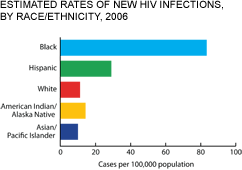If you’re a Black gay of the Classic Era (meaning you’re over 30, or at least have Classic Black Gay Sensibilities, or CBGS), you’ll know that Stephanie Mills‘ “Home” is really the Black gay anthem. The song, written for the 1975 Broadway play The Wiz for which Mills was cast as Dorothy (and Diana Ross played in the 1978 film version and does a lackluster version of the song. In fact, it is Lena Horne’s “Believe” that becomes the showstopper in the film. But I digress.), is the “Somewhere Over the Rainbow” of this black version of the Wizard of OZ.
Why is this song, so Black and so gay, you might ask?
One reason that the Black gays of the classic era love this song, in my opinion, is that it speaks to the pain of feeling cast out of the larger Black community-we have no “home” in a sense. The song is about a stateless person-someone who has dreams of a physical place, but the lesson that they learn is that home has to be made in the family and community we create.
But Mills re-recorded the song for her 1989 album “Home” (with a Capella group Take 6 singing the background vocals). She has said that she recorded the song after the deaths of Kenneth Harper (The Wiz Producer, whose mother told the New York Times he died of cancer at age 48 in 1988) and Charlie Small, The Wiz Composer who died in 1987 of a burst appendix. I think that many Black gay men from the Classic Era were in the throes of so much death due to HIV (and sometimes violence) that this song became a song about the losses they were feeling too. I started going to gay clubs when I was 18 or so, and this song was a staple drag performance for about a decade. I think the part that really cinches it for the Black gays, me included, is at the end of the 1989 recording, when she sings “I can hear my friends tellin’ me, Stephanie, please, sing my song.”
Because it so much speaks to the Black gay experience, Stephanie Mills’ Home is So Black and so gay! The video below is a live verson from the Apollo in the 1980s. To see yet another un-embeddable music video from the theives at Universal Music Group, click here.
[youtube=http://www.youtube.com/watch?v=_a5czUgDAMw&feature=related]

